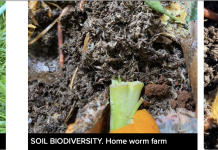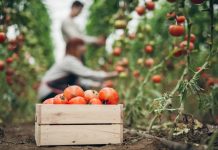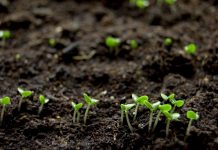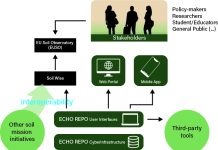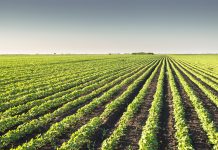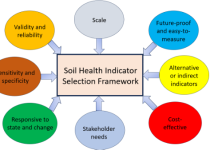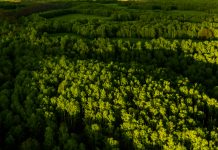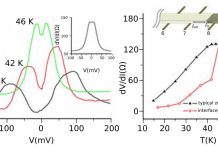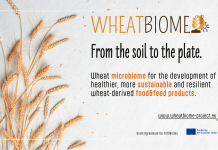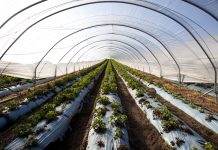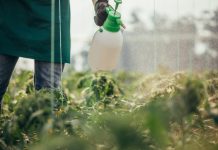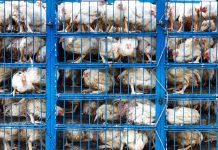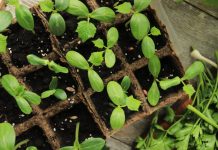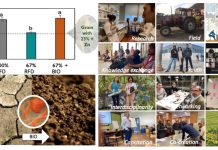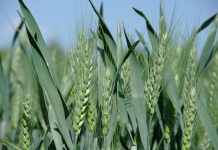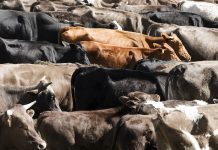Home 2024
Archives
Soil biodiversity is essential for building environmental resilience
The School of Agriculture and Environment and Institute of Agriculture at the University of Western Australia recognise the importance of soil biodiversity in managing soil conditions and building resilience against environmental changes.
The TITAN Project: Transforming the food system for a sustainable future
The European Federation of Food Science and Technology (EFFoST) wants to revolutionise the food industry with its new TITAN Project. This four-year Horizon Europe initiative seeks to enhance transparency, improve food safety, and promote sustainability in the agri-food sector.
Combating drought to increase soil water retention in vineyards
Professor Pete W. Jacoby, from Washington State University, researches methods to combat impacts of global warming by enhancing soil water retention for vineyard resilience.
Citizen science initiatives for soil literacy
Alba Peiro and Francisco Sanz from the Ibercivis Foundation, Claudia Cappello and Tanja Mimmo from the Free University of Bolzano, guide us through citizen science initiatives for soil literacy that are integral to the ECHO project.
Advancing the soil deal for Europe through cyberinfrastructure and citizen science
This article explores advancements in soil health across Europe, highlighting innovative cyberinfrastructure for soil citizen science. This initiative, led by the Quanta team, allows citizens to actively participate in environmental stewardship.
Electric-field nanobubbles for agriculture
Niall J. English, from Chemical Engineering at University College Dublin, discusses how using electric-field-generated nanobubbles for agriculture is empowering fundamental progress.
Developing a robust soil health indicator selection framework
The EU Soil Health Monitoring Law proposes twelve main soil indicators for reporting soil health. There is a need to ensure that these indicators and other subsequent measures are robust for their purpose.
Machine learning for water-energy-food-ecosystems nexus policy
Dr Janez Sušnik, from the IHE Delft Institute for Water Education and NEXOGENESIS Coordinator, guides us through the use of machine learning for improving policy advice in the water-energy-food-ecosystems nexus.
Collective quantum phenomena and their applications
John H. Miller, Jr., University of Houston (UH), from the Dept. of Physics and Texas Center for Superconductivity, explains collective quantum phenomena and their applications.
Microbiomes for the future of sustainable wheat production
Researchers from the WHEATBIOME project joined forces to address several challenges related to sustainable wheat production and consumption, revealing the role of microbes in shaping the Future of Healthy Food.
Environmental health implications of plastic use in agriculture
Donald A. Bruun and Pamela J. Lein from the University of California, Davis in the U.S., highlight the environmental health implications of plastic use in agriculture.
Purple bacteria and their less known applications
Jungwoo Lee, High-School Student, and Arpita Bose, Associate Professor at Washington University in St. Louis, guide us through purple bacteria and their less-known applications, including wastewater treatment and biofertilization.
Welfare economics: Reducing animal suffering at negligible costs
Yew-Kwang Ng, Emeritus Professor from the Department of Economics, at Monash University in Australia, argues the case for reducing animal suffering at negligible costs to human beings.
Appreciating biodiversity science: Why biodiversity should be a big science
Professor F. Guillaume Blanchet from Université de Sherbrooke posits the importance of treating biodiversity science as a big science to reach the goals set during the COP15 on biodiversity.
Agriculture: Harnessing AI for healthier soils
David Green, Executive Director, and Maite Caballero, Senior Researcher from The U.S. Sustainability Alliance, argue that AI technologies pave the way for healthier soils in agriculture.
Biostimulants towards sustainable food production
Cristina Cruz and Teresa Dias from Faculdade de Ciências da Universidade de Lisboa, focus on biostimulants, which are more than a product, but a significant change towards sustainable food production systems.
Global challenges and unilateral trade measures
Dr Wibke Meyer from CropLife International, argues that unilateral agricultural trade measures are a misguided approach to addressing the global challenges of climate change, biodiversity, and food security.
Harnessing nature for more sustainable food systems
Markus Wyss and Ian Carr emphasize the importance of nature-positive innovations to address the pressing environmental challenges.
Bio-manufacturing: The future of food production
The future of food production is bio-manufacturing. Here, we discover Multus is helping it scale.
Removing carbon dioxide from the atmosphere
The agricultural sector plays a decisive role in tackling climate change. GERICS explores what actors of the agricultural sector think of removing carbon dioxide and what support they need from science.


